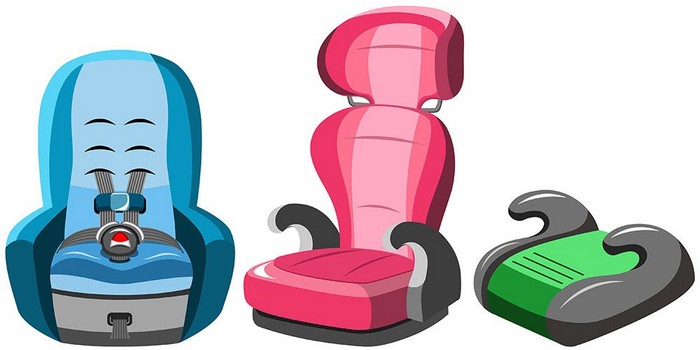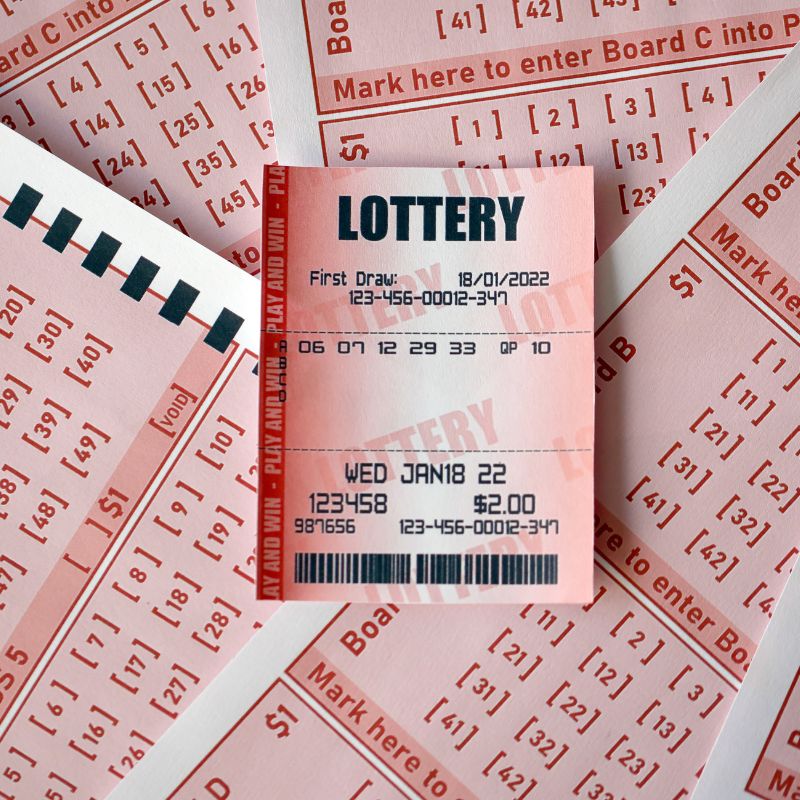This is an advertorial.
I don't have a child (that I know of), and I rarely drive children.
I've never seen a booster car seat in Africa, although I'm sure they exist in the richest African countries. In most of Africa, vehicle safety is 50 years behind the times. Few wear seatbelts. Children and babies ride anywhere in the car (not strapped in) and ride on motorcycles and in the back of trucks.
So this is a safety message for any Africans (or other humans) reading this.
Enter the guest post...
How to pick a child safety seat
If you are looking for your first booster seat for your child, you might find that you are a tad confused. For the most part, many people who are having children today didn’t use booster seats; we were just strapped into the car and told to hope for the best. That means it can be challenging to understand the best car seats and how you should even go and choose when, where, and how to get one.
This guide will help you determine which car seat to get and when to get it and answer all your frequently asked questions about it.
When Should I Buy a Booster Car Seat?
The general guideline for when you should switch to a booster car seat is around 4 years old and when your child weighs over 15 kg (40 pounds). Sometimes, you will have to wait for the weight, but that is the most critical part. You should start monitoring when you see your child’s shoulders approaching the harness-strap slots on the back of his or her car seat.
Another thing to monitor is that each state will have laws and regulations for a booster.
Why Do I Need a Booster Seat?
A booster seat helps align your child to the car, lifting him or her so that the car’s seat belt system can work in the case of an accident.
A booster will position the lap and shoulder belts correctly so that they will restrain your child. Without it, your child may slip out of the belt in an accident or could, be strangled, or have internal organ damage in an accident.
What Are the Different Types of Booster Seats?
There are two different types of boosters that you can choose from:
- High back
- Backless
 These do not come with harnesses but can be used with your vehicle's lap and shoulder belts. In some states, backless models are illegal, and generally, backed models tend to be the option most people will choose.
These do not come with harnesses but can be used with your vehicle's lap and shoulder belts. In some states, backless models are illegal, and generally, backed models tend to be the option most people will choose.
In general, if you have a car seat that does not have headrests, you want to choose a booster with a back. High-back boosters are also the only option you will typically have if you decide to get a combination seat. Backless models are less expensive and tend to be easier to move from one car to another if that is something you need to do.
Can a Booster Seat Go Into the Front of a Car?
No! A booster seat is best in the back of your car.
If possible, you absolutely must use a lap and shoulder belt. Often, this means you have to put the seat to the extreme sides of the car, which is directly opposite to the best place for an infant car seat (in the back middle).
Your car seat should have installation instructions telling you where to put each belt. Older cars may not have shoulder belts in the back, but you can get them installed if you want to keep your child safe. It is very rare to find a booster seat designed for cars without shoulder belts.

How Do I Know If My Booster Car Seat Is Safe?
You need to know that all booster car seats you can buy in conventional ways (online or in stores) are completely safe. However, if you are looking for seats that go above and beyond, you want to look for the safest models of 2018 by reading reviews and doing due diligence to find the seats that match your lifestyle.
When Shouldn’t I Use a Booster Seat?
It is important to know that any booster seat is better than no booster set, but there are a few reasons why you might want to find a new car seat. The first is that the booster is too old – each seat will have an expiration date. If you cannot find the label with the date, you might want to move on. This label will also have a manufacturer’s name and information, which can come in handy if you look up recalls or essential information.
Similarly, you don’t want to use a booster seat that has been recalled. If you aren’t sure if the seat has been recalled, take the information from that label and call the manufacturer or the National Highway Traffic Safety Administration (NHTSA) Vehicle Safety Hotline at 888-327-4236.
Booster seats that are worn or that have cracks are not safe either. These seats may not work as well in the case of an accident. This is often the case with second-hand car seats or that you’ve purchased at a yard sale. Another thing to look out for if you are buying the seat secondhand? If there aren’t any instructions – you want to know how to use this.
In general, second-hand seats are not recommended. This is because you do not know whether or not the seats have been involved in an accident.
Picking a booster car seat for your child is just as much work as picking a traditional one. You want to ensure that you are doing all you can to make your child as safe as possible, including researching different seats.





